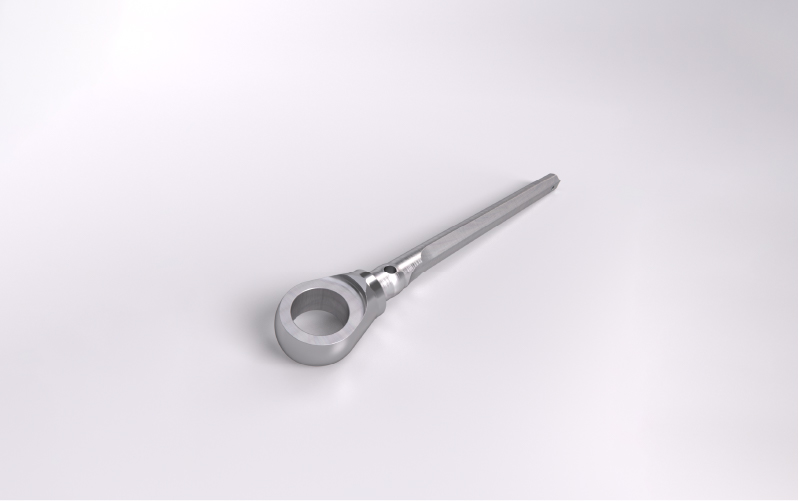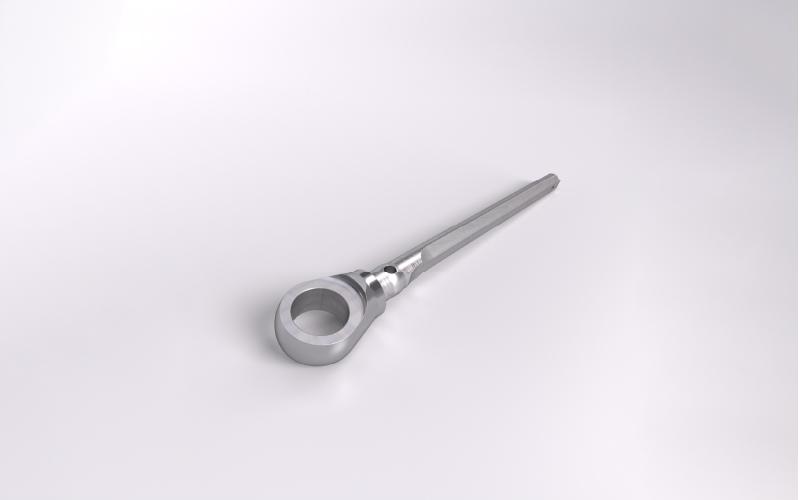
That moment when you hear a "crack" as you're tightening a bolt and instinctively you groan. That's it, you have tightened it so hard that disagreeable sound fills your ears. For that task a torque wrench would have been your best friend. These tools are designed to ensure correct adjustment consistently while keeping the parts in perfect condition. In both routine work and when you require exact precision, this item is essential. But, do you know how torque wrenches are made?

Torque wrenches are tools designed to apply a specific amount of torque to a bolt or nut ensuring that the exact adjustment is achieved without going too far. There are various types of torque wrenches on the market: the most common ones are click, dial and digital torque wrenches. Each one has specific applications and different advantages, depending on the precision requirements of the user.
The materials used to make torque wrenches can vary, but the most common ones are chrome-vanadium steel or stainless steel. These materials are both long-lasting and withstand corrosion, prolonging the quality and reliability of the torque wrench.
The manufacture of torque wrenches is a process that requires high precision. During the production process different machines can be used, but CNC lathes are perfectly suited to the geometry and technical requirements of the tool. Lathes can be used to machine the different parts of the torque wrench, ensuring that the internal mechanisms used to measure the torque operate correctly. The procedure is simple. First, the material is chosen and the blanks are cut. Then a lathe is used to machine and shape the body, together with the internal components. Finally, the part is assembled and calibrated, ensuring that each wrench meets the quality standards.
The TTL series can be your best ally for setting the necessary limits 😉 Specifically, the TTL 66-66-T1Y-T2Y model which has two driven turrets for machining sides and holes on the radial plane. It is also a beltless machine with 8 integrated motors, making it a lathe with high levels of precision and reliability. So, the next time you're thinking about setting limits, ask yourself…What would the TTL do? 😉